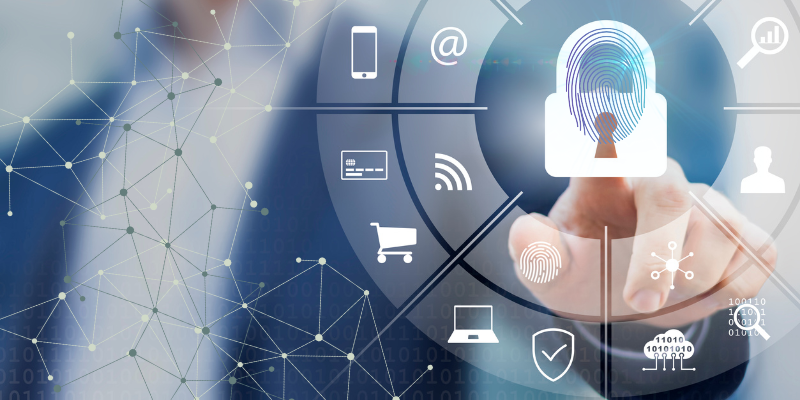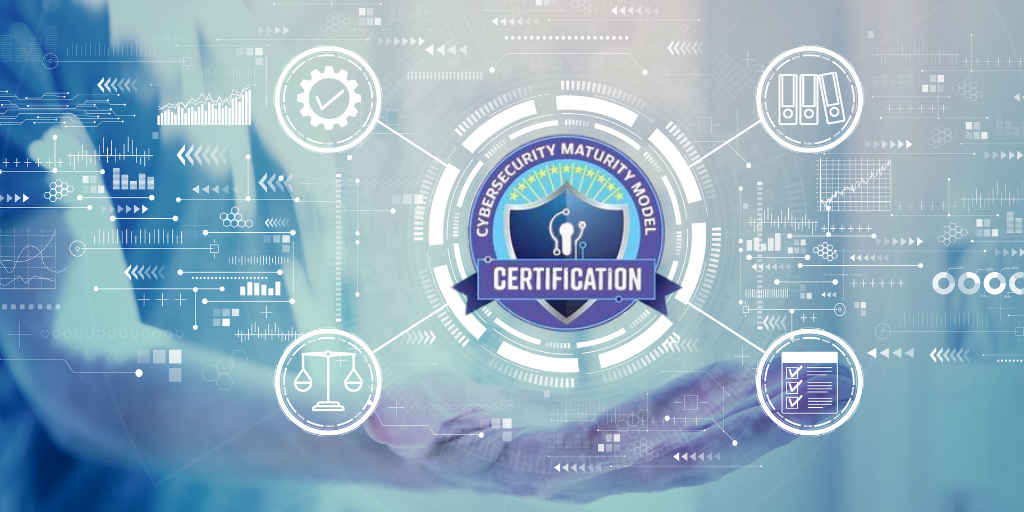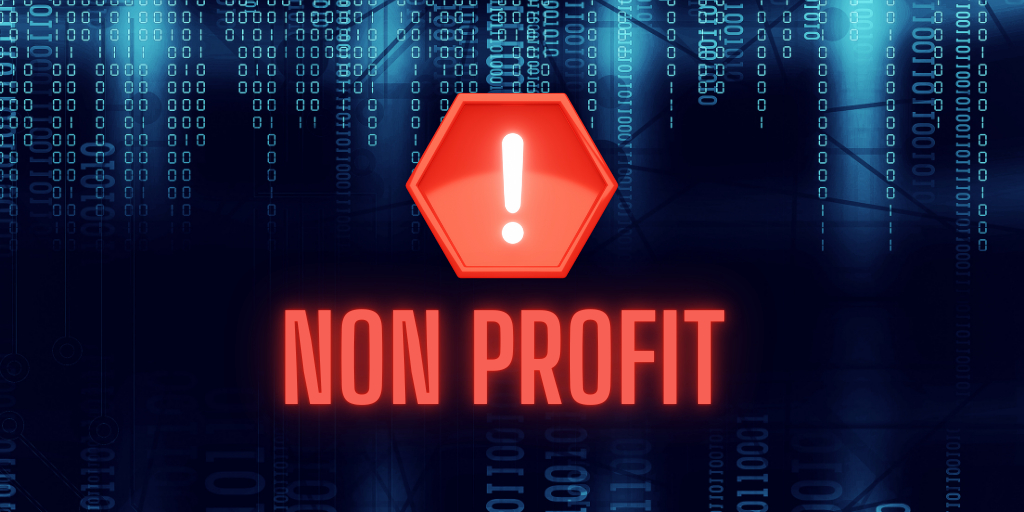Addressing CMMC Compliance Gaps for Small Businesses
Navigating the complex landscape of CMMC compliance can be a daunting task for small businesses, but with the right strategies, achieving and...
2 min read
.jpeg) Michael Markulec
:
Sep 8, 2023 4:49:39 PM
Michael Markulec
:
Sep 8, 2023 4:49:39 PM

Identity and access management (IAM) has become a key security component in the constantly changing cyber and information security world. What was once primarily an IT operations task has become a central focus of cybersecurity efforts. In this blog, we will delve into the significance of identity and access management in contemporary security strategies, highlighting the risks businesses face and the preventive measures they should consider.
Recent shifts in IT environments have brought forth new challenges and opportunities for IAM. The widespread adoption of remote work has compelled organizations to authenticate and authorize their workforce and customers from any location using diverse devices and networks. Consequently, the demand for robust IAM solutions has surged to ensure secure access in this remote landscape. Furthermore, the accelerated migration of workloads to the cloud has given rise to identity silos, resulting in distinct identity databases and permission structures for each cloud workload. This decentralization adds complexity to identity management. Additionally, organizations embrace zero-trust strategies, moving away from traditional castle-and-moat security. In this paradigm, trust is never assumed, requiring every user and workload to undergo authentication before access is granted. This shift positions identity management as a foundational element in cybersecurity.
In this environment, identities have become the new perimeter in cybersecurity. The initial point of interaction with applications, whether on-premises or in the cloud, is the login process. It is here that users present their credentials for authentication and authorization. From a cybersecurity perspective, identities have become the new perimeter and the most critical one.
External attackers know the value of legitimate access with valid credentials. Two of the primary methods they use to infiltrate organizations are through stolen credentials and phishing attacks. According to the 2023 "Data Breach Investigations Report" from Verizon, 76% of phishing attacks involve compromised credentials, and 86% of data breaches involve stolen credentials.
Identity security is not limited to viewing identities through the lens of cybersecurity. It encompasses several security-focused capabilities, including privileged identity management, privileged access management, identity governance, cloud identity, entitlement management, identity threat detection and response (ITDR), and identity security posture management (ISPM).
Many established and startup identity vendors are actively investing in these security-focused capabilities to enhance the protection of identities in the digital realm. Identity and security practitioners should explore these emerging capabilities to bolster their defenses:
In conclusion, identity and access management has transcended its role as an IT operations function and become a pivotal element of cybersecurity. Identity security is paramount in the evolving threat landscape, where stolen credentials and phishing attacks are rampant. To effectively safeguard IT environments, identity must sit at the security table alongside the network, infrastructure, cloud, endpoint, and security operations center. Understanding the risks and embracing advanced identity security capabilities is essential for businesses looking to fortify their defenses in the digital age.

Navigating the complex landscape of CMMC compliance can be a daunting task for small businesses, but with the right strategies, achieving and...

In an increasingly digital world, non-profits are prime targets for cyber threats. You can just discover how a Virtual CISO can protect your...

Small businesses must prioritize secure messaging to protect sensitive information and maintain customer trust.